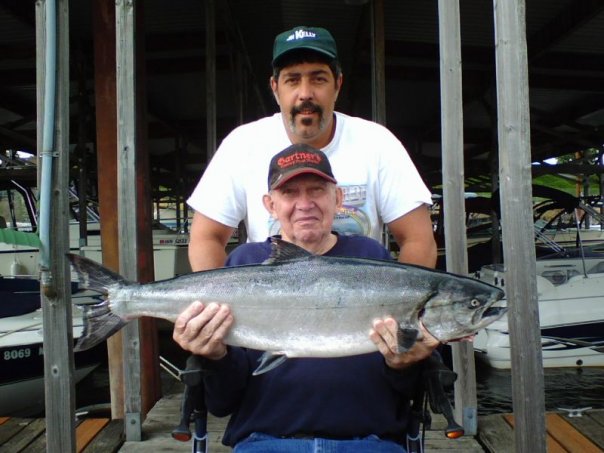Help Save Endangered Salmon
Over thousands of years, Northwest salmon became extraordinarily abundant as they used Columbia Basin spawning areas and migration routes to evolve into hundreds of species and subspecies. Today, however, man-made changes in the Northwest environment such as construction of hydroelectric dams, industrial and municipal pollutants, degradation of fish habitat by logging and agricultural activities, sport and commercial harvest, hatcheries and other factors have completely eliminated some stocks of wild salmon and driven others to the brink of extinction.
For some of these depleted fish stocks even the loss of a few fish can have a serious impact. That is why anglers can play an important role in preserving threatened or endangered stocks of salmon by learning to identify both the origin (hatchery or wild) and the species of their catch and gently release any protected fish.
Another important way that anglers and the general public can protect endangered salmon is by reporting poaching, harassment of fish or fish habitat destruction to you local fish and wildlife enforcement office. If you observe any illegal or suspicious activity, please call 1-800-452-7888 in Oregon or 1-800-477-6224 in Washington.
Young Chinook salmon look very much like young cutthroat and rainbow trout, yet the salmon may be from a threatened or endangered stock while resident trout may be common.
Relatively abundant adult steelhead can look very much like endangered adult Chinook.
Hatchery fish differ from wild fish in that they may lack certain fins. (For more information about fish identification, contact your local department of fish and wildlife office.)


